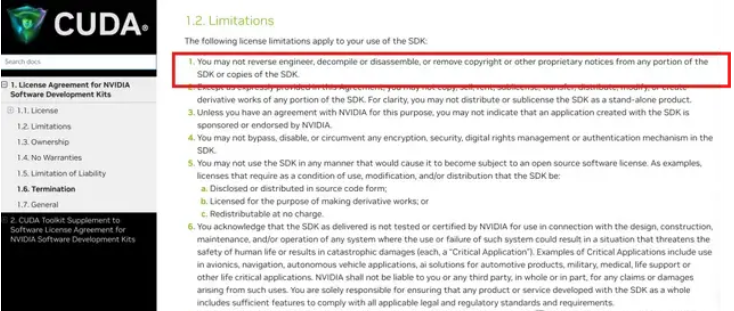Apple has recently made a significant decision, proactively adding support for NVIDIA CUDA to its MLX framework, which is designed for edge AI model training. This news has sparked intense discussions in the tech community, highlighting Apple's reluctant move in the face of NVIDIA's formidable ecosystem.
It is well known that Apple has always been renowned for its "closed" system. However, as NVIDIA CUDA continues to solidify its dominance in the field of artificial intelligence development, Apple clearly realized it needed to adjust its strategy to capture a share of the AI market. Recently, NVIDIA's market value broke through a new high of $4 trillion, further accelerating Apple's transformation.
By enabling the MLX framework to support CUDA, Apple developers will be able to train models using NVIDIA GPUs and then deploy them on devices such as Mac and iPhone. This move not only improves development efficiency but also injects new vitality into Apple's AI ecosystem.

So why did Apple choose to embrace CUDA? First, CUDA provides a unified memory mechanism, making data sharing and migration between different devices more efficient. Second, supporting CUDA can meet developers' cross-platform deployment needs, allowing them to conduct local development and testing on Mac, and then seamlessly transfer projects to NVIDIA GPU servers.
Looking back at 2018, Apple suddenly stopped official support for most NVIDIA graphics cards, claiming it wanted to strictly control system driver permissions, which caused many professional users to be unable to continue using high-performance NVIDIA GPUs. This move triggered strong dissatisfaction among developers, even leading to petitions demanding Apple and NVIDIA reconcile. Today, Apple's new strategy is interpreted as a direct response to the "GPU ban incident" six years ago.
NVIDIA's CUDA, introduced in 2006, has become an industry standard for GPU computing. Its powerful ecosystem has over 5 million developers and thousands of generative AI companies, showing its unshakable position in this field. This is one of the reasons for Apple's compromise, as netizens said: "Having to bow down."
This time, Apple's decision to adapt the MLX framework to CUDA is not only for compliance purposes, but also to leverage NVIDIA's strong ecosystem and expand its influence in the AI field.
